Festivals often involve a gathering of people to participate in a variety of activities, such as music, dance, food, and religious or cultural rituals. Festivals can take place on a local, national, or international level, and they can last anywhere from a few hours to several days or even weeks. Many festivals are marked by colorful decorations, elaborate costumes, and traditional food and drinks. Some festivals are held to honor a particular deity or historical event, while others are simply a celebration of life, love, or the changing of the seasons. Festivals are a way for people to come together and celebrate a common bond, and they can be a fun and memorable experience for all who attend.
Here are the top 10 festivals in the world:
1. Carnival (Rio de Janeiro, Brazil)
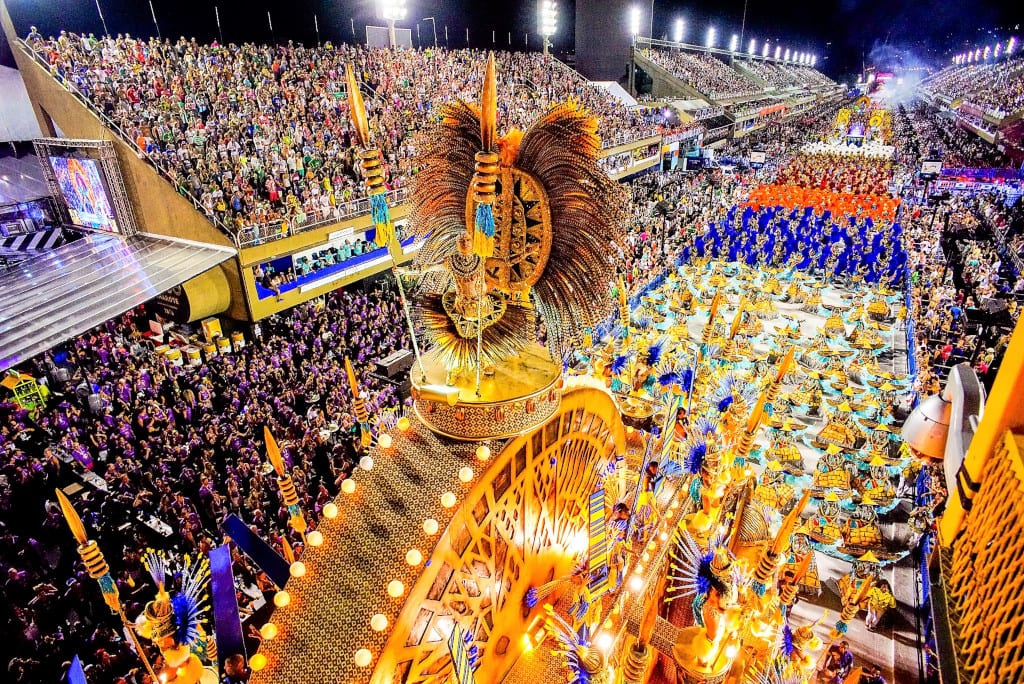
The Carnival in Rio de Janeiro, Brazil is one of the largest and most famous festivals in the world. It takes place every year in the days leading up to Lent, which is a period of fasting and reflection in the Catholic religion. The festival is known for its extravagant parades, colorful costumes, samba music, and street parties.
The Carnival in Rio de Janeiro lasts for several days, with each day featuring a different event or activity. The highlight of the festival is the parade of samba schools, which takes place in the Sambadrome, a specially built stadium in Rio de Janeiro. The samba schools are groups of performers who compete against each other in a parade of elaborate floats, costumes, and choreographed dances. Each school is judged on their performance and the winner is declared the champion of the Carnival.
In addition to the samba parade, there are also street parties, known as blocos, that take place throughout the city. These parties are open to everyone and feature music, dancing, and drinking. The Carnival in Rio de Janeiro is a major tourist attraction and draws millions of visitors from around the world each year. It is a celebration of Brazilian culture, music, and dance, and is a truly unforgettable experience.
2. Oktoberfest (Munich, Germany)
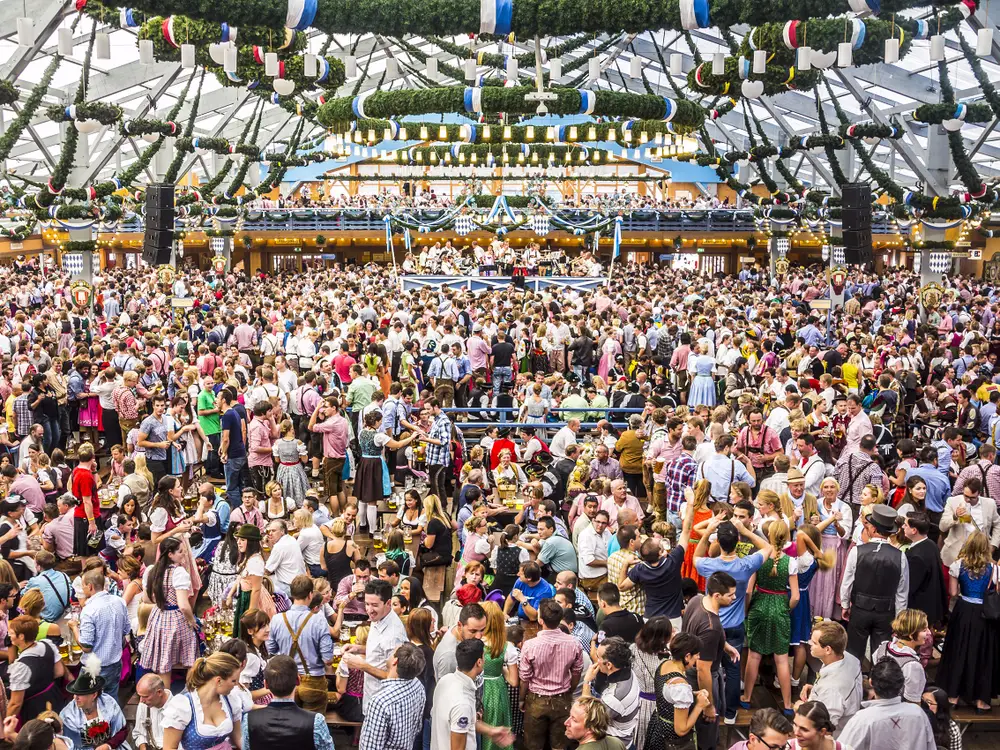
Oktoberfest is an annual festival held in Munich, Germany, that is known around the world for its celebration of beer, Bavarian culture, and traditional food. The festival typically runs for 16 days, starting in late September and ending in the first week of October. It attracts millions of visitors from all over the world every year.
Oktoberfest began in 1810 as a celebration of the marriage of Bavarian Crown Prince Ludwig and Princess Therese of Saxony-Hildburghausen. The event was so popular that it became an annual tradition, and has since evolved into one of the largest beer festivals in the world.
The festival takes place in a massive area called the Theresienwiese, which is filled with large tents that can accommodate thousands of people at once. Each tent is operated by a different brewery and features live music, traditional Bavarian food, and of course, beer.
The festival is marked by a ceremonial tapping of the first keg of Oktoberfest beer by the mayor of Munich, followed by a parade through the city. Visitors can enjoy traditional Bavarian foods such as roasted chicken, pretzels, and sausages, as well as other German specialties. The festival is a celebration of German culture and heritage, and attracts visitors from around the world who come to experience the lively atmosphere, delicious food, and of course, the beer.
3. Holi (India)
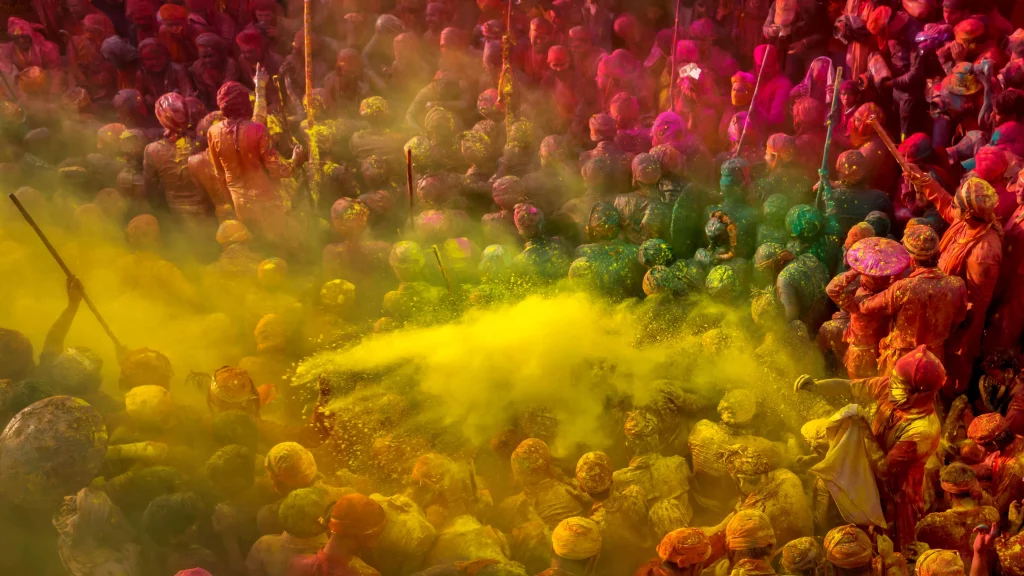
Holi is a popular festival in India that is also known as the “festival of colors” or the “festival of love.” It is celebrated in late February or early March and marks the arrival of spring. The festival is observed for two days and is celebrated throughout India, as well as in other countries with large Hindu populations.
During Holi, people traditionally gather with family and friends to play with colored powders and water, throw water balloons, and spray each other with colored water. The festival is a time of joy and merriment, with people singing and dancing to the beat of dhol, a traditional Indian drum.
Holi has a religious significance as well, as it is associated with Hindu mythology. The festival is believed to celebrate the victory of good over evil, with the story of Prahlad and Holika. According to the legend, Prahlad, a devotee of Lord Vishnu, was saved from his evil aunt Holika by Lord Vishnu, who destroyed Holika in the process.
In addition to playing with colors and water, people also exchange sweets and other treats during the festival. Holi is a time for forgiveness and letting go of grudges, and is a time to connect with family and friends. The festival is a vibrant and joyful celebration of life and love, and is a unique and colorful experience for anyone who participates.
4. Day of the Dead (Mexico)
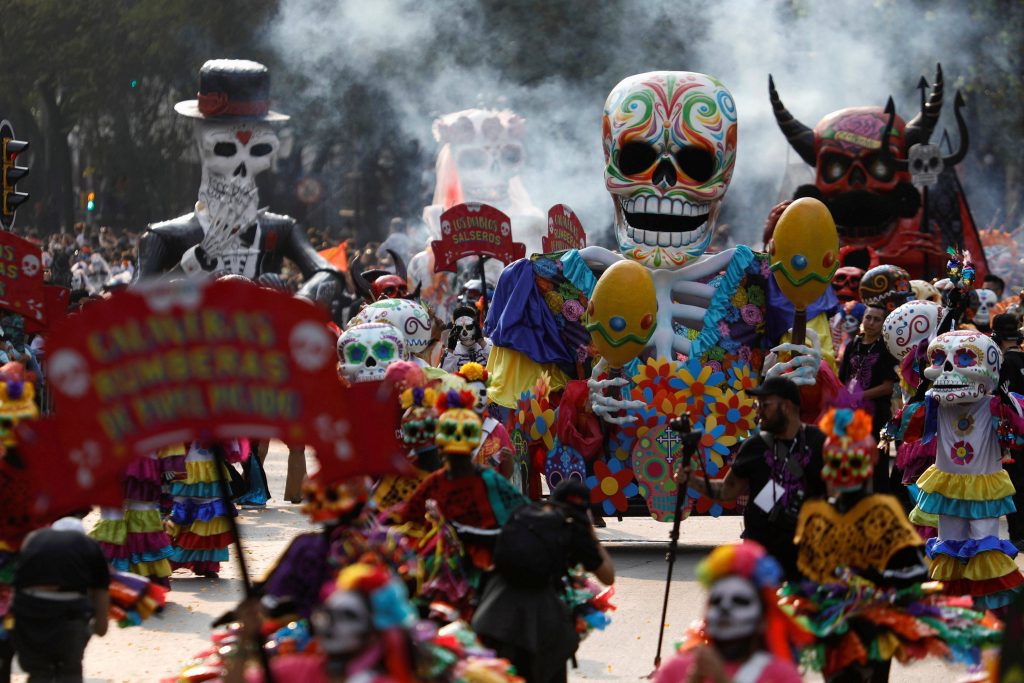
The Day of the Dead (Día de los Muertos) is a Mexican holiday that takes place on November 1st and 2nd each year. The holiday is a time to remember and honor loved ones who have passed away. While it is a solemn occasion, it is also a time of celebration and joy.
The Day of the Dead has its origins in ancient Mesoamerican cultures, such as the Aztecs and the Mayans, who believed that death was not the end of life, but rather a transition to a new stage. The holiday has since been influenced by Catholicism, which is the predominant religion in Mexico.
During the Day of the Dead, families and friends create ofrendas, or altars, in their homes or at cemeteries. These altars are decorated with flowers, candles, and photographs of loved ones who have passed away. Families also leave offerings of food, drinks, and other items that the deceased enjoyed in life.
The holiday is also marked by parades and festivals, where people dress up in colorful costumes and makeup, often as skeletons or other death-related figures. The parades feature music, dancing, and other celebrations of life. In many parts of Mexico, people also visit cemeteries to clean and decorate the graves of their loved ones.
The Day of the Dead is a unique and deeply meaningful holiday that celebrates life and the memory of loved ones who have passed away. It is a time for reflection, remembrance, and community, and is a significant cultural event in Mexico and beyond.
5. Songkran (Thailand)
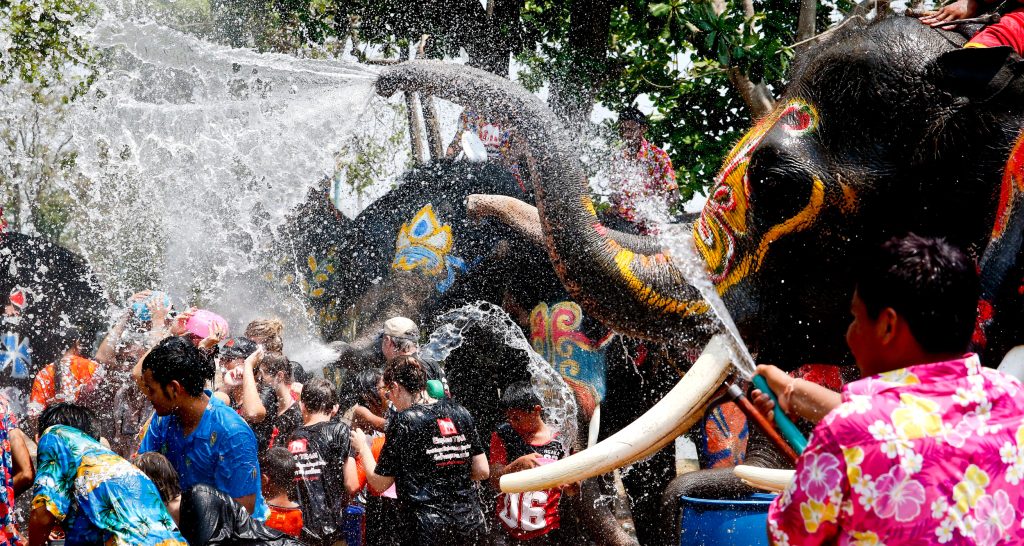
Songkran is a traditional Thai festival that is also known as the Thai New Year. It takes place in mid-April and is celebrated over a period of three days. The festival is marked by water fights and the use of water to symbolize purification and renewal.
The name Songkran comes from the Sanskrit word “Sankranti,” which means “movement” or “changing.” It is a time for people to cleanse and purify themselves, both physically and spiritually, by taking part in traditional rituals and ceremonies.
During the festival, people traditionally visit temples to make offerings and receive blessings from monks. They also perform a ritual of pouring water over Buddha statues and the hands of elders, as a sign of respect and good fortune.
One of the most distinctive features of Songkran is the water fights that take place throughout Thailand during the festival. People use water guns, buckets, and hoses to drench each other with water, often with great enthusiasm and good humor. The water fights are a symbol of purification and renewal, as well as a way to cool off in the hot weather.
The festival also features traditional Thai food, music, and dance, as well as colorful parades and cultural performances. Songkran is a time for family and community, and is a joyful and vibrant celebration of the Thai culture and way of life.
6. La Tomatina (Buñol, Spain)

La Tomatina is a unique festival that takes place in the town of Buñol, near Valencia in Spain, on the last Wednesday of August each year. It is a large-scale tomato fight, in which participants throw tomatoes at each other in the streets of the town.
The origins of La Tomatina are unclear, but the festival is thought to have started in the 1940s or 1950s as a way for locals to blow off steam during a parade. Over time, it grew in popularity and became an annual event.
On the day of the festival, trucks filled with overripe tomatoes are driven into the town square, where participants gather and await the start of the tomato fight. At a signal, the tomato-throwing begins, and for the next hour, participants engage in a wild and messy battle, throwing tomatoes at each other and getting covered in tomato pulp.
The festival has a few rules to ensure safety and fairness, including the requirement that all tomatoes must be squished before being thrown, and that participants should not throw any objects other than tomatoes. The tomato fight ends with a signal, and the town is hosed down to clean up the mess.
La Tomatina is a unique and fun festival that attracts people from all over the world. It is a celebration of good humor and community spirit, and is a truly memorable experience for those who participate.
7. Diwali (India)
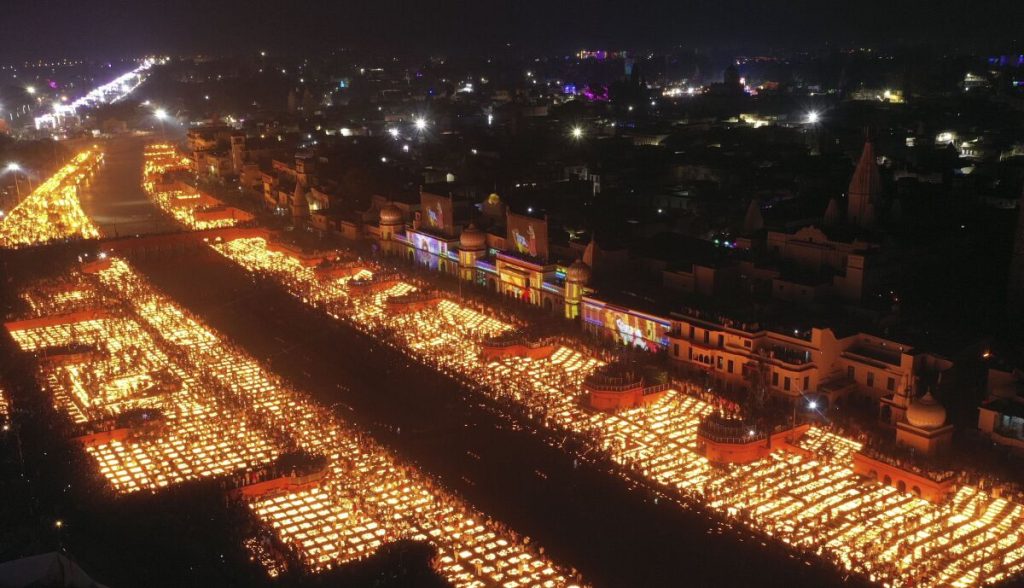
Diwali, also known as the Festival of Lights, is one of the most significant festivals in India. It is a five-day festival that takes place in October or November each year, and is celebrated by Hindus, Jains, and Sikhs.
The festival celebrates the triumph of good over evil and light over darkness. It is a time for families to come together, exchange gifts, and share traditional foods and sweets.
During Diwali, homes and public spaces are decorated with candles, lanterns, and colorful lights. People also light traditional earthen lamps, called diyas, which symbolize the victory of light over darkness.
One of the most important rituals of Diwali is the lighting of fireworks. The loud noise and bright lights of the fireworks are believed to scare away evil spirits and bring good luck and prosperity for the coming year.
Diwali is also a time for prayer and reflection. People visit temples and offer prayers to the goddess Lakshmi, who is associated with wealth, prosperity, and good fortune.
The festival is also associated with the exchange of gifts and sweets. Families and friends give each other traditional Indian sweets, such as laddoos and barfis, as a symbol of love and good wishes.
Diwali is a joyful and vibrant festival that is celebrated across India and by people of Indian origin around the world. It is a time for reflection, renewal, and the celebration of life and the triumph of good over evil.
8. Mardi Gras (New Orleans, USA)
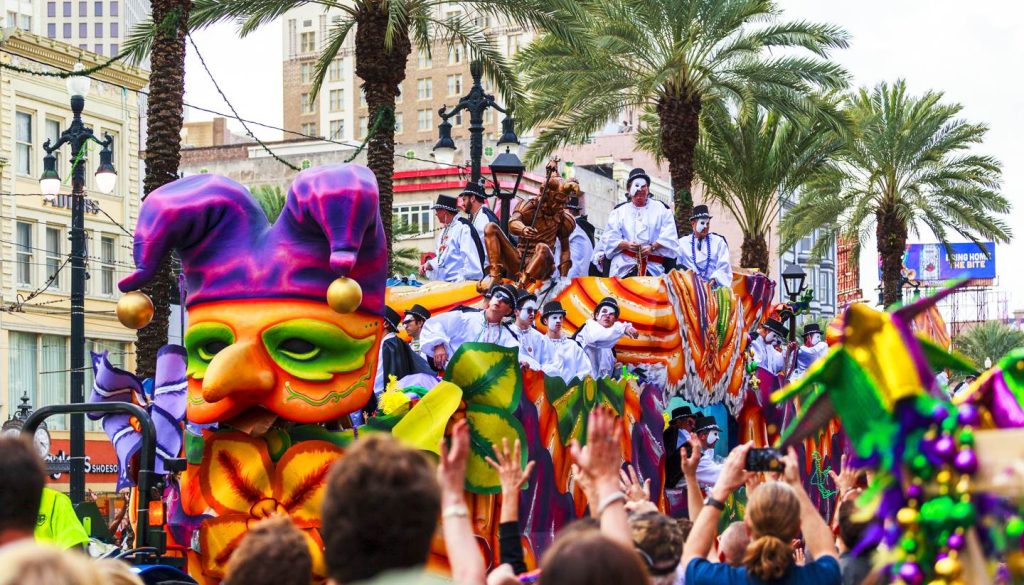
Mardi Gras, also known as Fat Tuesday, is a festival celebrated in many parts of the world, but perhaps the most famous celebration takes place in New Orleans, Louisiana, USA. The festival is a time of parades, costumes, music, and revelry, and is associated with the Christian season of Lent.
Mardi Gras typically takes place on the Tuesday before Ash Wednesday, which marks the beginning of Lent, a period of fasting and reflection in the Christian calendar. The festival is a way for people to indulge in food, drink, and festivities before the period of abstinence that comes with Lent.
The celebration in New Orleans begins in January and builds to a crescendo in the weeks leading up to Mardi Gras. Parades featuring floats, marching bands, and costumed revelers wind their way through the streets of the city, throwing beads and trinkets to the crowds below.
The festival is also associated with traditional foods, such as King Cake, a sweet bread decorated with colorful sugar and containing a small plastic baby. Tradition dictates that the person who finds the baby in their slice of King Cake must host the next Mardi Gras party.
The celebration of Mardi Gras in New Orleans is steeped in history and tradition, dating back to the 18th century. It is a time for people of all backgrounds to come together and celebrate, and is one of the most iconic and colorful festivals in the world.
9. Glastonbury Festival (Somerset, UK)
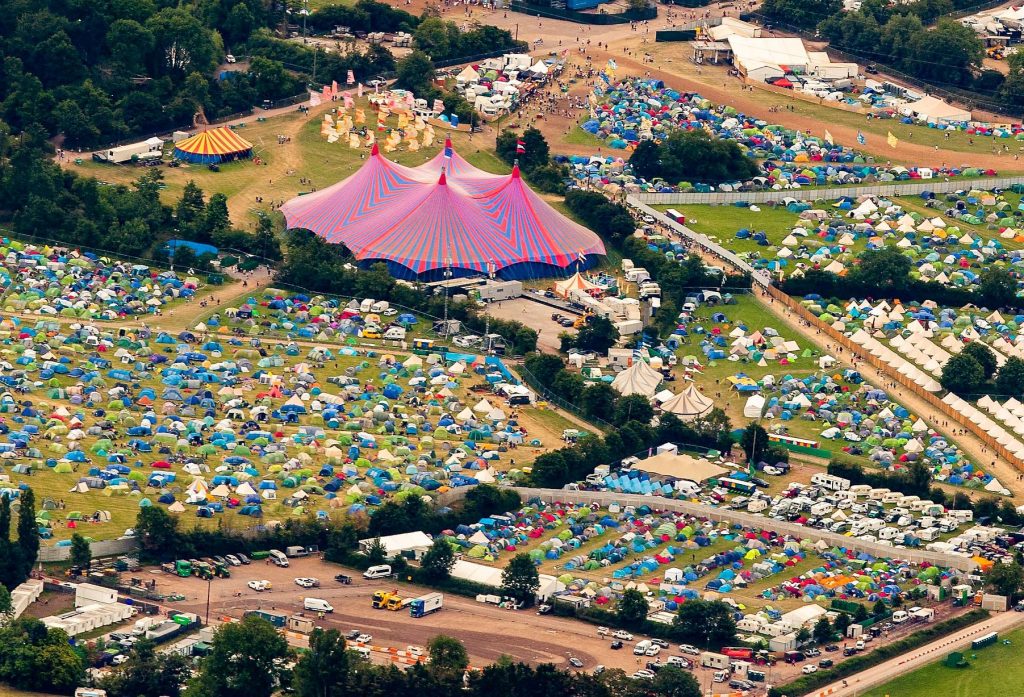
The Glastonbury Festival is one of the most iconic and largest music festivals in the world, held annually in Somerset, England. The festival features a diverse lineup of musical acts, as well as a variety of other performances, events, and activities.
The festival takes place over five days in June and attracts around 200,000 people each year. The site, which covers over 900 acres, features numerous stages and areas for camping, food and drink, and other attractions.
Musical performances at Glastonbury feature a wide range of genres and styles, including rock, pop, hip hop, electronic, folk, and world music. Many famous and well-respected artists have performed at Glastonbury over the years, such as David Bowie, Beyoncé, Radiohead, and Adele.
In addition to music, the festival also features a variety of other performances and events, such as comedy shows, circus acts, theater performances, and poetry readings. There are also workshops, talks, and discussions on a variety of topics, such as environmental issues, social justice, and political activism.
Glastonbury has a strong focus on sustainability and eco-friendliness, and the organizers strive to make the festival as green as possible. This includes encouraging the use of public transportation, providing recycling facilities, and sourcing food and drink from local and sustainable suppliers.
The Glastonbury Festival is a beloved and highly anticipated event that draws people from all over the world. It is a celebration of music, culture, and community, and is a unique and unforgettable experience for those who attend.
10. Chinese New Year (China)
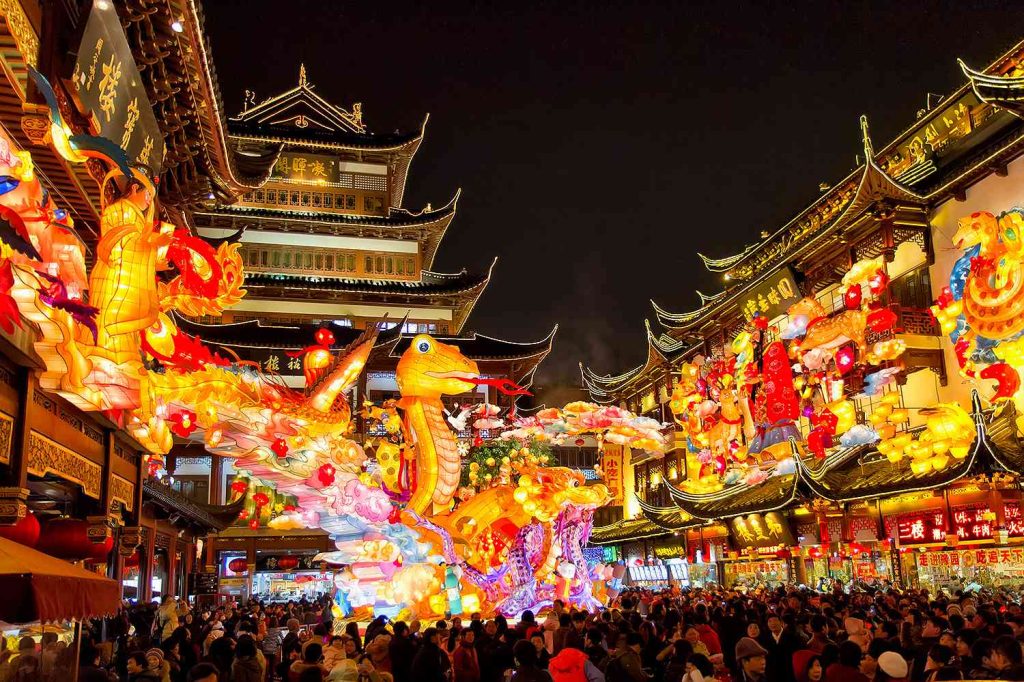
Chinese New Year, also known as Spring Festival, is the most important traditional festival in China and is celebrated at the turn of the lunar calendar, usually in late January or early February. The festival lasts for 15 days, and is marked by a series of customs, traditions, and festivities.
Preparations for Chinese New Year typically begin several weeks in advance, with people cleaning their homes, decorating them with red lanterns and other traditional decorations, and shopping for food, new clothes, and gifts for friends and family.
The eve of Chinese New Year is a time for reunion dinners with family, and it is considered to be the most important meal of the year. Traditional foods such as dumplings, fish, and rice cakes are often served, and it is customary to give red envelopes filled with money to children and unmarried adults as a symbol of good luck.
During the 15-day festival, people often visit friends and family, attend temple fairs, and watch traditional performances such as dragon and lion dances. The color red is considered to be lucky, and it is common to see people wearing red clothing and decorations during the festival.
The climax of Chinese New Year is the Lantern Festival, which takes place on the 15th day of the lunar calendar. People light and release lanterns into the sky or onto water, and eat sweet glutinous rice balls, symbolizing unity and completeness.
Chinese New Year is a time for renewal and fresh starts, and is seen as a time to leave behind the troubles of the past and usher in good fortune for the future. It is a time of celebration, joy, and togetherness, and is one of the most significant and widely celebrated festivals in China and around the world.
